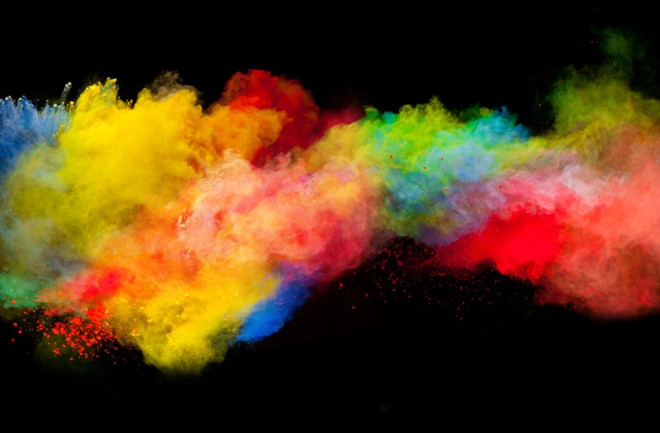1. For centuries, academics thought colored light was modified white, or “pure,” light. (We’ll get back to how wrong they were in a bit.)
2. And color sometimes is a modifier. For example, coloring foods goes back at least 3,500 years, when ancient Egyptians added wine and other colorants to candy to increase its visual appeal.
3. The history of coloring food is stained with nefarious deeds. Toxic lead- and mercury-based compounds were once pervasive in Asia and Europe to add color to tea and cayenne and curry powders.

